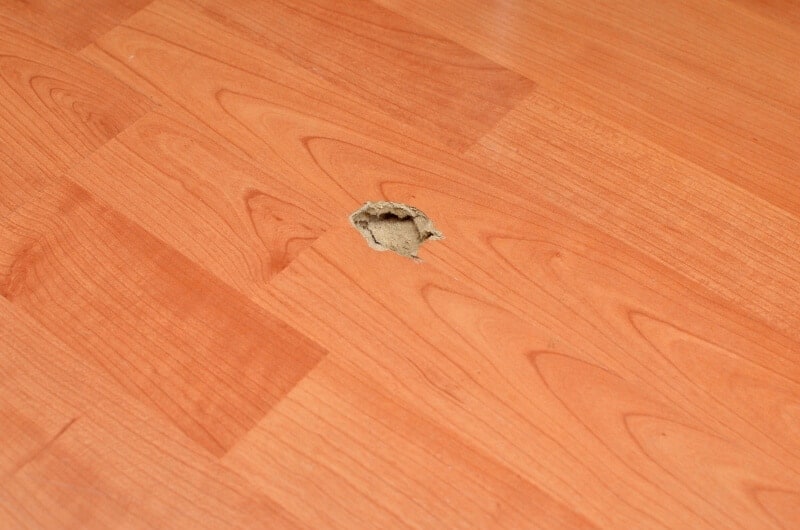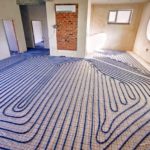The ultimate guide: Sanding and sealing hardwood floors
When should parquet be sanded?
parquet is sanded down during renovation. There is no standard time period for this.
Under normal use, a interval of ten to fifteen years is sufficient. The decisive factor is wear and tear. Depending on how worn out the parquet looks, sanding can be necessary more or less frequently. Often it is also sufficient to repair individual scratches with a parquet repair set.
Most of the water stains and scratches can be reliably removed with it. However, one should bear in mind that wood is removed during each grinding process.
Depending on the parquet type and the respective thickness of the wear layer the parquet floor can be in use for decades. A stronger parquet made of a harder wood species is generally more robust, but can also be sanded more often.
After sanding, the parquet must be freshly sealed again – either with oil, wax or varnish.
Even after new parquet has been laid, it must be sanded down if it is untreated. This removes residues from the parquet adhesive, for example.
When should parquet be resealed?
A new seal is always due when the floor has been sanded down.
The first choice for sealing is a protective, transparent varnish layer. One should apply a primer before painting. This minimizes edge gluing caused by the subsequent application of varnish. It also allows the wood colour tone to be changed.
During renovation, holes, cracks and scratches can also be filled and repaired with wood putty.
The varnish for parquet sealing is available in various versions. You have the choice between glossy, silky gloss or silk matt.
Coloured lacquers are also possible, with which the colour of the parquet can be changed. After sealing with varnish, the floor must dry well before it can be walked on again.
Some parquet types are delivered without sealing. Then, of course, the sealing process is due after the laying. Apart from lacquer, oil or wax can be used. The floor then retains its particularly natural appearance, but is more sensitive to moisture.
Why do you have to prime hardwood flooring?
Parquet should be primed before applying the varnish for sealing.
The process is not absolutely necessary, but often makes sense. When the parquet is primed, it is possible to influence or change the colour of the wood.
In addition, the primer reduces the so-called “edge gluing” of the sealant to be applied afterwards. With a water-based primer, the surface will also become a little brighter.
However, you can also make the wood darker with an appropriate primer or emphasize the natural color more.
After a primer, which is applied with a brush or roller, the paint also holds better.
Why should parquet be primed as well? Special primers with special properties play an important role.
There are primers with ingredients that isolate old oil or wax residues. This is useful in the case of renovation. A special primer is used when processing parquet made of exotic woods. This prevents discoloration or other damage to the surface caused by certain substances that may be present in the wood.
Can I sand the parquet myself?
Even if it looks very simple in different videos, you should leave parquet sanding to the professionals. There are just too many things that can go wrong with it. In addition, handling the machines requires a lot of practice and experience. It is not without reason that the profession of hardwood flooring installer is an apprenticeship with a regular training period of 3 years.
Table of Contents




